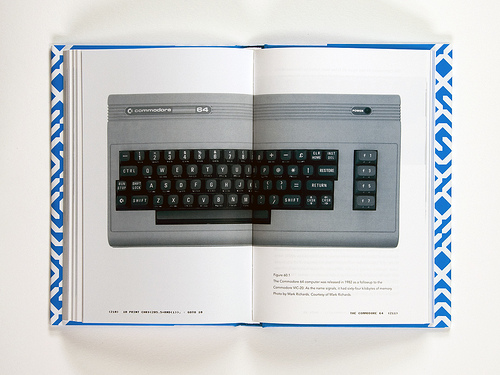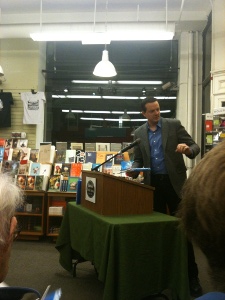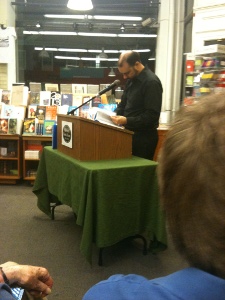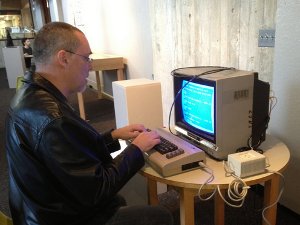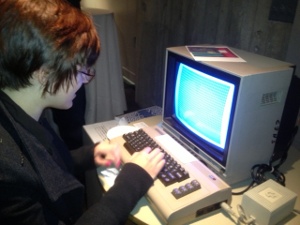I generally will reply to any email messages that was personally written to me and which requests a reply. Perhaps because I wrote for my college newspaper, I’m inclined to try to help student journalists when I can. Sometimes, though, the best suggestions I can offer are ideas about how to rethink the basic approach and find a real story, rather than the sought-after quotations. As when, recently, I wrote basically this in reply to some extremely general questions about digital media and changes in the way we communicate – perhaps prompted by a class assignment rather than part of work toward an article for publication:
Grouping together Facebook, blogs, and text messages on one side and letter-writing on the other isn’t really sound, since it assumes that Facebook, a blog, and a text message are the same sort of thing and that a letter is a different sort of thing. Is a letter typed on a word processor the same as or different from a hand-written letter? Is one a digital media letter and the other pre-digital? Why is publishing a long, public blog post at all like sending a text message to a friend?
Your questions also suggest that people are constantly making choices between using digital media and traditional media. We live in a media ecology in which old media are not simply replaced by new. There are many ways to communicate, but we very seldom choose one over the other. I suppose there are circumstances under which you might send a friend a postcard, for instance, but I find it very unlikely that you’d make a direct and conscious decision to do that instead of sending that friend a text message.
Your questions also seem to assume that new media technologies just appear and that we are influenced by them, because you ask only about the effects of these technologies. Facebook was not given to the Earth by aliens, though. It was developed by people based on existing ideas about communication. The same can be said for the Web and any other digital communication system. Someone who is interested in knowing why communication online is the way that it is will never figure that out just by asking about how Facebook influences the way people write. It’s also necessary to understand why Facebook came to be the way it is, in terms of its original motivation and development and down to specific questions (such as your last one) related to particular features.*
I would suggest focusing on a particular digital media system and asking about how it arose, how it is used, and what’s special about it — not just in relation to some non-digital means of communicating, but overall. It can be worthwhile to ask what niche such a system has in the media ecology: What does it offer in particular that is better than other media channels? Then, you can see how people use language within that channel in interesting ways that is revealing in terms of culture, cognition, and so on. The people who study these systems successful in the humanities and social science, and those who build them and do well at it, take this sort of approach, and there are certainly interesting stories that result about why certain systems are successful in certain ways and how they are actually used.
The paragraph marked with *, of course, is just as true for computational platforms (the focus of the platform studies approach and the MIT Press Platform Studies series) as it is of communications systems, and it’s one of the core ideas behind platform studies and what it comprehends.
This student didn’t seem interested in approaching the topic differently and more productively, and asked instead if I could recommend someone who would provide quotes. That’s not a surprise – it’s the typical nature of this exchange, after all, and not a desire to roast any (unnamed) person, that motivates me to post this. It does go to show that whether you use in-person interviewing, an analog land-line phone, or email, you can miss gaining insight in the same way.


